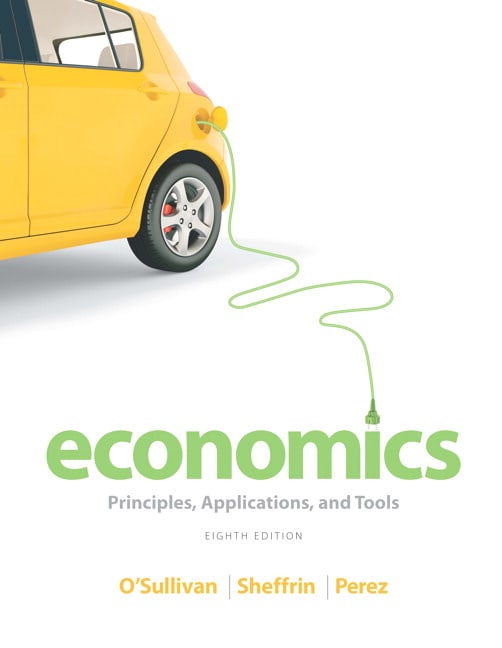
30.00$ - Purchase this E-book
Category : Higher Education
I. INTRODUCTION AND KEY PRINCIPLES 1. Introduction: What is Economics? 2. Key Principles of Economics 3. Exchange and Markets 4. Demand, Supply, and Market Equilibrium II. THE BASIC CONCEPTS IN MACROECONOMICS 5. Measuring a Nation’s Production and Income 6. Unemployment and Inflation III. THE ECONOMY IN THE LONG RUN 7. The Economy at Full Employment 8. Why Do Economies Grow? IV. ECONOMIC FLUCTUATIONS AND FISCAL POLICY 9. Aggregate Demand and Aggregate Supply 10. Fiscal Policy 11. The Income Expenditure Model 12. Investment and Financial Markets V. MONEY, BANKING, AND MONETARY POLICY 13. Money and the Banking System 14. The Federal Reserve and Monetary Policy VI. INFLATION, UNEMPLOYMENT, AND ECONOMIC POLICY 15. Modern Macroeconomics: From the Short Run to the Long Run 16. The Dynamics of Inflation and Unemployment 17. Macroeconomic Policy Debates VII. THE INTERNATIONAL ECONOMY 18. International Trade and Public Policy 19. The World of International Finance VIII. A CLOSER LOOK AT DEMAND AND SUPPLY 20. Elasticity: A Measure of Responsiveness 21. Market Efficiency and Government Intervention 22.Consumer Choice: Utility Theory and Insights from Neuroscience IX. MARKET STRUCTURES AND PRICING 23. Production Technology and Cost 24. Perfect Competition 25. Monopoly and Price Discrimination 26. Market Entry and Monopolistic Competition 27. Oligopoly and Strategic Behavior 28. Controlling Market Power: Antitrust and Regulation X. EXTERNALITIES AND INFORMATION 29. Imperfect Information: Adverse Selection and Moral Hazard 30. Public Goods and Public Choice 31. External Costs and Environmental Policy XI. THE LABOR MARKET AND INCOME DISTRIBUTION 32. The Labor Market and the Distribution of Income Table of Contents
Get Economics: Principles, Applications, and Tools (Subscription), 8th Edition by Arthur O'Sullivan, Oregon State University Steven Sheffrin, Tulane University Stephen Perez, California State University, Sacramento


0 commentaires:
Enregistrer un commentaire